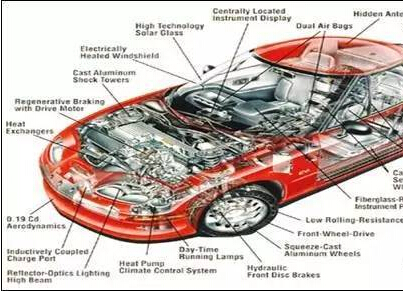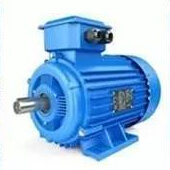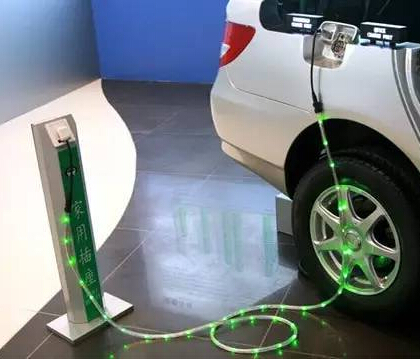From traditional cars to new energy vehicles, to smart cars that are in full swing in the near future, the empowerment of new technologies has opened up the new blue ocean era for the automotive industry.
Recently, the Ministry of Industry and Information Technology and the National Standards Committee jointly issued a document, proposing that by 2020, the national vehicle network industry standard system will be basically established. According to incomplete statistics, in 2017, the intelligent network connected vehicle sector completed a total of more than 40 billion yuan of financing, and it is estimated that by 2020, the market scale can reach more than 100 billion yuan.
In this context, various capitals have targeted the auto industry to enter the market, especially in the development of the main body of the industrial park, and more inclined to "new energy + intelligent network" and other directions. Therefore, the location of new energy vehicles has become a hot topic of concern in the near future.

Aiming at new energy, the future market is hot
In the newly released list of unicorn companies, there are 9 companies in the new energy auto industry, which account for 5% of the total. These enterprises are mainly distributed in major coastal areas such as Beijing, Shanghai and Fujian, and the market is attracting capital. Competing for chase.
At present, the Chinese government has not fully released the timetable for the ban on selling fuel vehicles, but some automakers have stopped selling traditional fuel vehicles spontaneously and will stop selling them in Beijing in 2020. Therefore, for enterprises aiming at the upstream and downstream industry chain of the new energy automobile industry, it is a huge positive news.
National distribution, mainly in the Yangtze River Delta cluster
The industry has been dispersed from the initial small to the later development towards scale and industrialization. This is an inevitable law of development. After more than 60 years of development, China's auto industry has formed several major industrial clusters.
Focusing on the new energy industry chain, the Yangtze River Delta cluster centered on Shanghai, the Northeast cluster centered on Changchun, the Beijing-Tianjin-Hebei cluster centered on Beijing-Tianjin, and the central triangle centered on Wuhan Clusters, the Pearl River Delta cluster centered on Guangzhou, and the Chengdu-Chongqing western cluster centered on Chongqing.
In the three regions of East, West and West, who is fighting?
The booming development of the automobile industry has greatly promoted local economic growth and employment, and transportation, resources, manpower, and land costs all need to be considered.
For example, Jiangsu, Zhejiang and Shanghai have unique advantages. Close to the Yangtze River estuary, its waterway transportation, air transportation and land transportation extend in all directions. Considering the transportation needs of automobile companies, it can be said that it is very convenient.
In the central region, Hubei Province can be said to be extremely attractive to new energy vehicles across the country, because Hubei is the region with the most medium-heavy rare earth resources in China, and the reserves of ionic rare earth resources rank first in the country and in the world. As we all know, the battery production of new energy vehicles is difficult to leave the rare earth.
So how does the development of the new energy automobile industry in Gansu Province, which is deeply inland? With the establishment of the national “Belt and Road” construction, Lanzhou, Gansu has become an important part of the Eurasia corridor. In Lanzhou New City, new energy auto companies have entered the market, and the production workshops are in full swing. Not only the inland location has obvious advantages, but also has unique advantages in power costs. Lanzhou is one of the cities with the lowest cost of industrial land in China. Labor costs and rental costs are also reduced by 10% to 20% compared to coastal areas.
In general, as the future development direction of the automotive industry, new energy vehicles will still focus on the first-tier coastal cities when setting up their sites. According to the current pattern, even if there are more new energy vehicles influx in the future, there will be no change in the pattern of Dongqiang West weak, even if there are a few car companies that will be sited due to factors such as policies or resources. The focus of the factory will gradually shift to the west, but that is only to gradually narrow the gap, and will not change the fundamental situation in a short time.
















 RCCN WeChat QrCode
RCCN WeChat QrCode Mobile WebSite
Mobile WebSite







